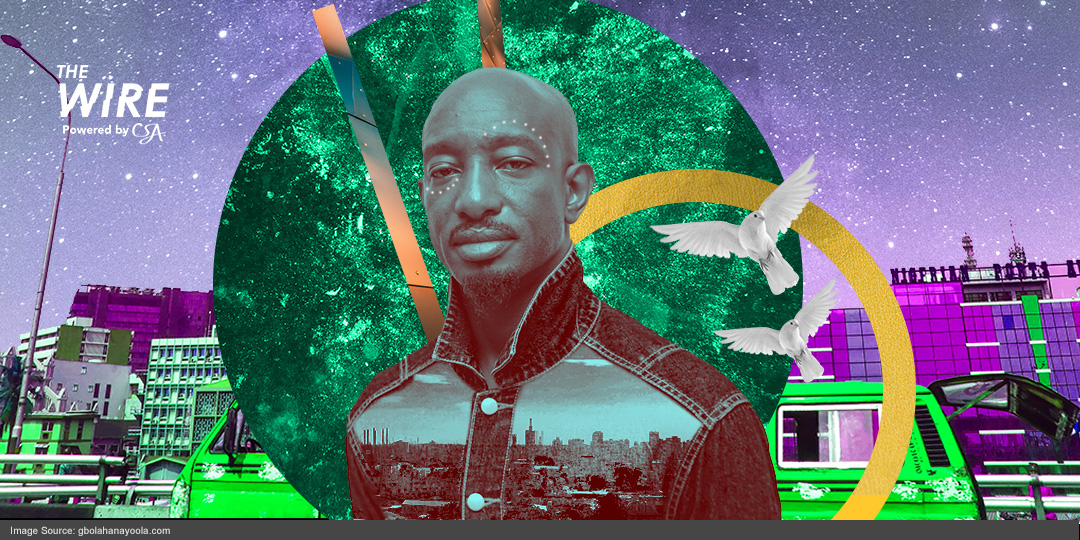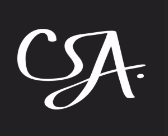
Ayoola Gbolahan – Art, Business and Tech.
- Providence: Nigeria
- Ayoola’s Journey as an Artist
- Understanding the business of Art
- Leveraging technology in the industry of Art
- The future of African Art
- Heart2Art Podcast
Ayoola Gbolahan is an award-winning painter and sculptor from Nigeria whose art has been exhibited widely in Africa and internationally, notably the UK, Holland and the USA. Inspired by the study of human anthropology and the exploration of spirituality, Gbolahan’s abstract expressionist and surrealist compositions are created using acrylics, pastels, pencil, and charcoal. Together with his sculpture they occupy a central space in the lingua franca of contemporary African Art. Being more than a voice, he articulates the human experience. As a thought leader, Ayoola’s latest project, Heart2Art, is a podcast highlighting relevant topics through shared experiences in the business of art. As NFTs look to become an important conduit for the continent’s artists, The WIRE spoke to Ayoola about the state of Art in Africa, the business of Art and how Art insects with Technology.
The WIRE (TW): How did you come to be an artist?
Ayoola Gbolahan (AG): It was a collaborative effort by unrelated parties in my life that guided me on this journey. As a kid I developed and sold my own comics and won numerous school art competions so when it was time to start applying to universities, my mother suggested I give fine art a try. After a year or two I could go always back to architecture as originally intended. My one year “trial” eventually led to a Bachelor in Fine Arts degree from the University of Ife and, a couple of chance meetings later, I was being mentored by some of Nigeria’s foremost artists, Tola Wewe, Rahman Akar, and Donald Onuoha. To this day, I can’t put a finger on what they saw in me, but their influence is why I am here today!
TW: Between painting and sculpture, what is your favourite way to express yourself?
AG: That’s a difficult question! For me sculpting is an interpretation of my paintings – sometimes I just want to see my creations in 3D. On the other hand, painting is my journal where I bare my soul. It’s where I can bring together my love, fears, anger, and outlook on life. Like the classical Yoruba artists, who used art as a form of documentation and story telling, every part of my life is in my paintings. One day I will arrange them to form a chronological timeline of my life and relive past experiences.
TW: As an established artist, how did you become familiar with the business of Art, i.e. negotiating prices, understanding contracts for commissioned projects, ensuring favourable commission rates, and dealing with clients & gallerists?
AG: Growth in any profession requires an investment in self. My mentors gave me a good start in the business, and I’ve taken that knowledge and added other aspects through diverse interactions and learnings. Not only do I have a sound business support team, I also ensure that I interact with professionals across different industries who treat capitalism as a way of life. So, when I mentor young artists, I tell them to look beyond the art world to learn the requisite skills to capitalise on their talents.
TW: It would seem that artists across Africa are not prepared for the ins and outs regarding the business of Art, ensuring a long viable career. Does your mentorship address this?
AG: We can never be fully prepared for every situation, because the world changes so quickly. But what we can do is try to reduce the effects of our missteps. I encourage all young artists to stay updated on current affairs and, most importantly, study how the greats (in all fields) achieved success amidst their failures.
TW: NFTs appear favourable for African artists in many ways, especially royalties on resale, but the dollar cost in minting is out of budget bounds for many artists. How do they get around this issue to take advantage of the trend?
AG: Collaboration is the key to scaling the high barriers of entry today. An artist must be willing to give up value to earn the lifetime rewards presented by NFTs. From personal experience I understand how difficult it is pouring your heart out on canvas and then having to share the spoils with others who’s only contribution was an introduction or an advance. But this is how the world works and we all leverage on each other to achieve our desired goals.
TW: As Africa gears up for the 4th industrial Revolution, do you believe that African artists are prepared to leverage themselves with digital skills?
AG: My love for all things African is not just borne of the bias of my birth but also stems from the beauty of the talent I witness everyday. It is a fact that technology is the biggest ally of the African artist today, as it has propelled our works to bigger markets, so I believe we will continue to capitalize on each opportunity that it provides.
TW: Young African artists have embraced digital art rather instinctively, especially with their mobile devices. What are your thoughts on the limitation of access to technology and devices for African artists?
AG: We need programmes dedicated to developing the African Art Ecosystem. In a few short years African Fintech has churned out an unprecedented number of unicorns all because people see value and are willing to invest in its growth. Hence there are innovation hubs popping up daily providing support to the next big thing. As much as African art is a hot topic today, the industry is still far from attaining its full potential. This is due to a lack of investment in developing an independent, functioning entity. The establishment of a fund/s dedicated to art development would inevitably lead to an explosion in the growth of the industry on the continent – and to the creation/improvement of support services like logistics and storage.
TW: Many African artists’ history and work is lost due to bad management. Do you encourage and train artists in the importance of archiving so that their narratives are authentically told and secured for posterity?
AG: The most important thing for an artist is to develop good habits early. They say most of us are right brained so therefore analytical work, archiving and the like are not our strongest skill sets. However, I encourage all artists to create a personal system of archiving that reduces the tediousness of the task or engage the assistance of others.
TW: African art appears to be back in vogue, with collectors actively pursuing young African art. Much of this trend has to do with Investment Art speculators and private corporations purchasing art as alternative investments. How should African artists position themselves to take advantage of this moment?
AG: The best way to take advantage of such a situation is to be informed about the business of art. This can include employing the services of professionals with a background in finance and administration who will help sort out the grey areas in transactions & studio management along with archiving and documentation. It’s also worth looking into managing your brand and working with dealers who share your vision, especially in the placement of your work, such as museums and private collections.
TW: Many artists are not able to articulate their art-making process or motivations to create art. Do you encourage the importance of this skill as part of mentorship to young African artists especially in marketing themselves?
AG: Part of the experience of consuming art is the story behind the work so an artist must be able to convey the message of their piece in concise words to accentuate the viewing experience of the audience. Unfortunately many artists aren’t gifted or interested in this part of the journey and therefore fail to make an impact. Artists must constantly improve themselves by learning the art of public speaking and practice this skill to perfection.
TW: How do you see the future of African Art, beyond the paradigm of Westernised and So-called White Gate Keepers of art and art theory?
AG: I see the future of African art as one that will be managed by a crop of new generation Africans who are interested in defining their own narrative. They don’t want the hunter to tell their story as prey. They’re intentional because they know the power of controlling one’s story, already evident in other creative forms like fashion and music. This intention is already spreading into the arts as African galleries and art fairs change the narrative. Our museums will pick up once the right people are put into public office with the responsibility of developing the continent’s art economy.
TW: Tell us about your Heart2Art podcast.
AG: I’m contantly approached by new and aspiring artists about the ins and outs of the art business. While nothing gives me more pleasure than to share my own knowledge, I know that my experience alone is not enough to guide them through the peaks and troughs of the business. Therefore, I started Heart2Art as a platform to highlight relevant topics in art through experiences shared by established stakeholders across the value chain. Each episode features either an artist, gallery owner, collector or broker and we discuss their journey into the business of art, with the aim of putting together a guide for all interested parties.
This is my way of giving back to the community who have given me so much.

C.S.A.’s monthly cultural portal, The WIRE connects the dots of culture. With concise stories, many with video content, take a premium dive into the world of African entertainment & cultural fluidity. It’s one thing to be hip to what’s happening but it is another to know why.
Follow us

WHERE TO FIND US
Johannesburg
Cape Town
Los Angeles
Lagos
London
SIGN UP TO OUR NEWSLETTER
Copyright © 2024 Celebrity Services Africa | Privacy Policy | Terms and Conditions
CSA Global is compliant with the provisions of the Protection of Information Act 4 of 2013. For a copy of the Company’s data protection policy, please click here.




